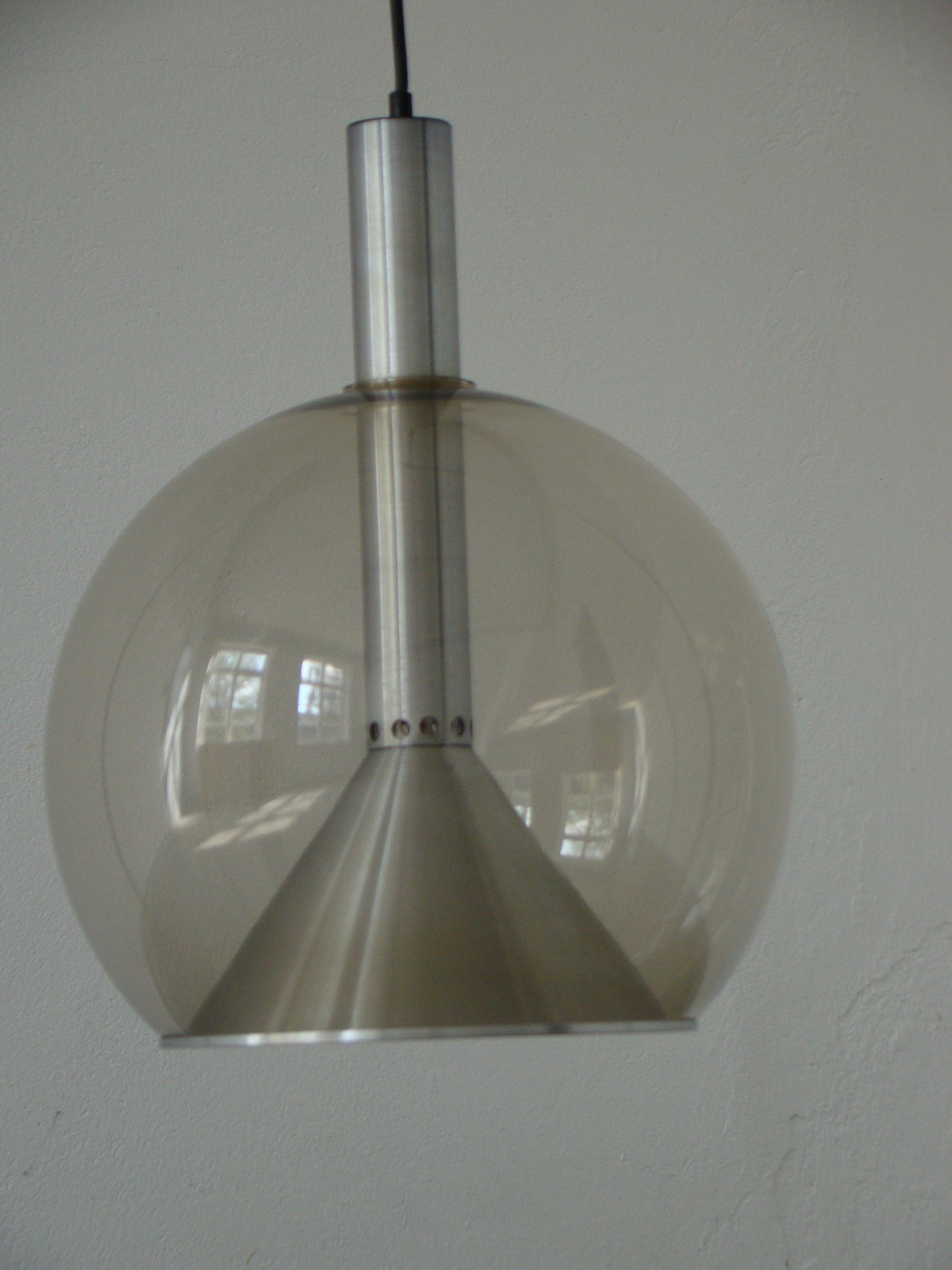Effective Exterior Lighting Strategies
페이지 정보
작성자 Tristan 작성일 25-04-19 19:19 조회 5 댓글 0본문
Exterior lighting design is an key aspect of creating a relaxing and beautiful outdoor space. A well-designed exterior lighting system can increase the beauty of your home, increase safety and security, and even boost property value. In this article, we will explore the 5 key principles of exterior lighting design that you can apply to your home to get the best results.
Layered Lighting is the first principle of exterior lighting design. This concept involves creating multiple layers of light to illuminate a space, similar to the way an artist uses multiple brushstrokes to create a beautiful picture. A layered lighting system consists of various main layers: general lighting, task lighting, and highlight lighting. Ambient lighting provides overall illumination, while task lighting focuses on specific areas such as hallways. Accent lighting highlights specific features such as decorative details, garden features, and water features.
The second principle of exterior Lampadabra lighting design is Simplicity. A simple and clear lighting design is more efficient than a cluttered and confusing one. This means using fewer fixtures and cleaning up any visual clutter. For example, instead of using multiple floor lamps, a single fixture can provide the same level of illumination while creating a more rugged look.
Hierarchy of Lighting is the third principle of exterior lighting design. This idea involves creating a visual hierarchy of light sources to draw attention to specific areas of a space. For example, you can use brighter lights to highlight walkways and less bright lights to create a cooler ambiance near seating areas.
The fourth principle, Outdoor Lighting Placement, emphasizes the importance of carefully planning the placement of your light fixtures. Lighting should be directed at the task or area it is intended to illuminate, rather than shining light upwards or outwards. This helps to reduce energy consumption, prolong bulb lifespan, and minimize light pollution.
Lastly, Energy Efficiency is a crucial aspect of exterior lighting design, especially with the increasing focus on sustainability and eco-friendliness. LED lighting is one of the most energy-efficient options available, using up to 90% less energy than traditional incandescent bulbs while lasting up to 50 times longer. When selecting your lighting fixtures, look for Energy Star certified options that meet strict energy efficiency criteria.
Layered Lighting is the first principle of exterior lighting design. This concept involves creating multiple layers of light to illuminate a space, similar to the way an artist uses multiple brushstrokes to create a beautiful picture. A layered lighting system consists of various main layers: general lighting, task lighting, and highlight lighting. Ambient lighting provides overall illumination, while task lighting focuses on specific areas such as hallways. Accent lighting highlights specific features such as decorative details, garden features, and water features.
The second principle of exterior Lampadabra lighting design is Simplicity. A simple and clear lighting design is more efficient than a cluttered and confusing one. This means using fewer fixtures and cleaning up any visual clutter. For example, instead of using multiple floor lamps, a single fixture can provide the same level of illumination while creating a more rugged look.
Hierarchy of Lighting is the third principle of exterior lighting design. This idea involves creating a visual hierarchy of light sources to draw attention to specific areas of a space. For example, you can use brighter lights to highlight walkways and less bright lights to create a cooler ambiance near seating areas.
The fourth principle, Outdoor Lighting Placement, emphasizes the importance of carefully planning the placement of your light fixtures. Lighting should be directed at the task or area it is intended to illuminate, rather than shining light upwards or outwards. This helps to reduce energy consumption, prolong bulb lifespan, and minimize light pollution.
Lastly, Energy Efficiency is a crucial aspect of exterior lighting design, especially with the increasing focus on sustainability and eco-friendliness. LED lighting is one of the most energy-efficient options available, using up to 90% less energy than traditional incandescent bulbs while lasting up to 50 times longer. When selecting your lighting fixtures, look for Energy Star certified options that meet strict energy efficiency criteria.

댓글목록 0
등록된 댓글이 없습니다.
